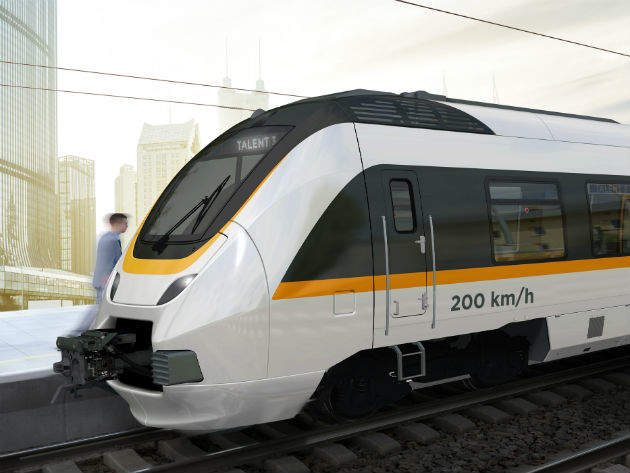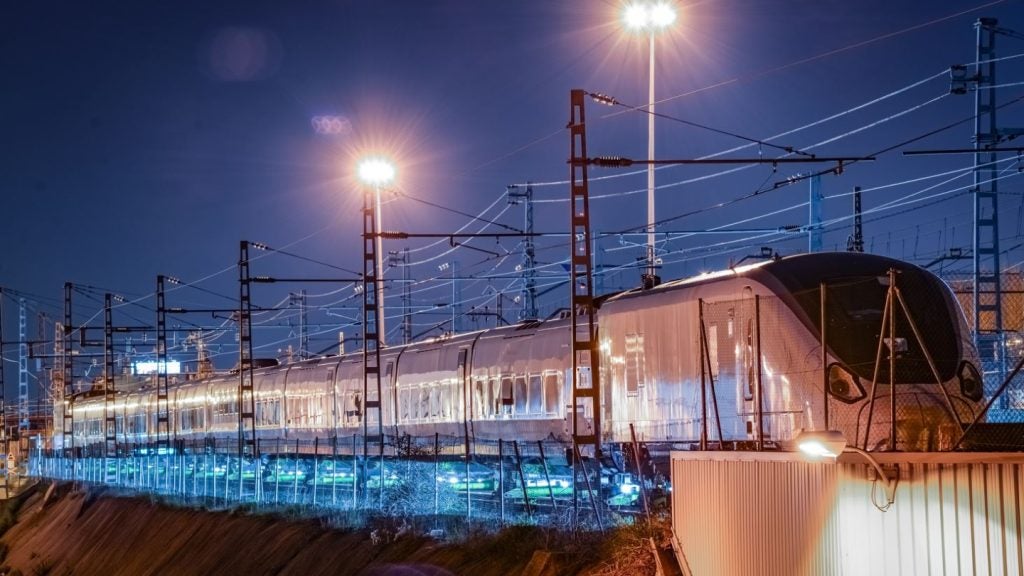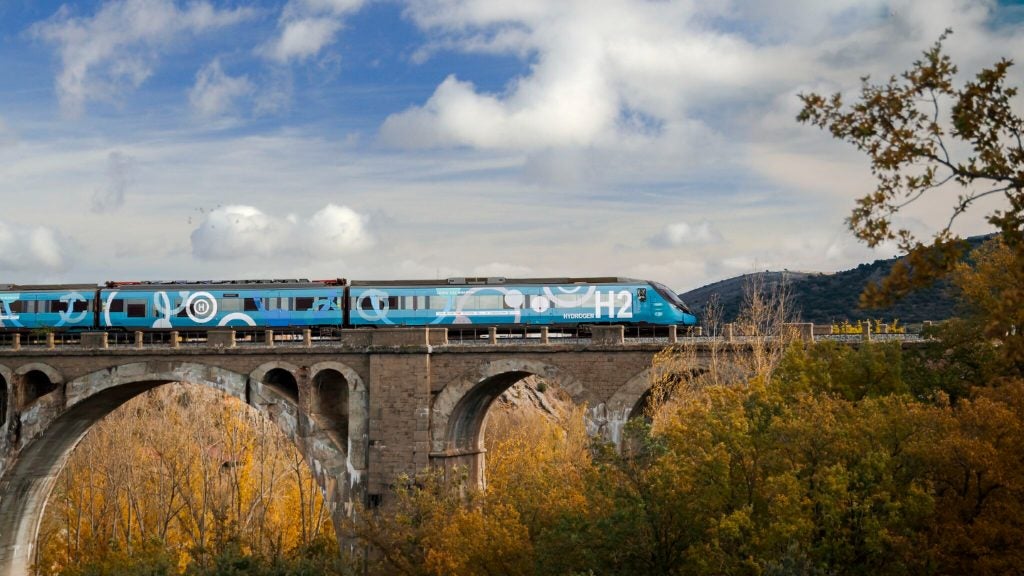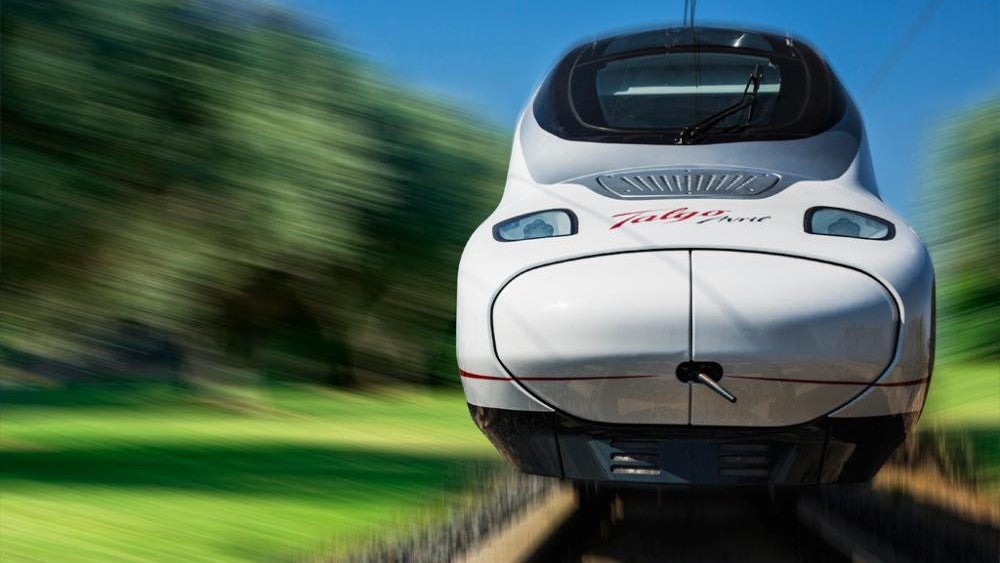

Globally, there’s a trend toward greener forms of transport. Backed by new regulations and a steely resolve from environmental groups, this trend is forcing a whole host of industries to confront some difficult, but necessary, questions. For example, how do we ensure the rail industry’s growth over the past decade continues uninterrupted while limiting damage to the environment?
It would be wrong to suggest that this is a completely new dilemma, as for many years large sections of track have been electrified; however, in recent times there has a been a stronger effort to rid rail of diesel, or at least make diesel engines less harmful.
Still, the European Commission claims that 20% of Europe’s current rail traffic is hauled by diesel locomotives, with the UK, Greece, Estonia, Latvia and Lithuania high up on the list. In late December, a report from market research firm Technavio suggested that the worldwide diesel locomotive market will grow steadily, with a compound annual growth rate of nearly 3% in 2020.
In addition, a 2015 study by the University of Cambridge, University of Minnesota, and Minnesota State University Mankato, found that enclosed railway stations where diesel trains are present are a health risk. Researchers discovered that London Paddington train station was in breach of European limits regarding nitrogen dioxide (NO2) for outdoor air quality over a period of five days.
So there is progress to be made, but just what is the industry doing?
How well do you really know your competitors?
Access the most comprehensive Company Profiles on the market, powered by GlobalData. Save hours of research. Gain competitive edge.

Thank you!
Your download email will arrive shortly
Not ready to buy yet? Download a free sample
We are confident about the unique quality of our Company Profiles. However, we want you to make the most beneficial decision for your business, so we offer a free sample that you can download by submitting the below form
By GlobalDataHydrogen fuel cells in trains
If you’re interested in hydrogen fuel cells, then look towards Germany. The European nation is playing host to Alstom‘s Coradia iLint train, which works by combining hydrogen and oxygen in an onboard fuel cell to generate electricity.
In 2014, Alstom signed letters of intent with the German regions of Lower Saxony, North Rhine-Westphalia and Baden-Württemberg, to act as a testing ground before passenger trains enter service in 2018.
As well as this, Hydrail, an umbrella term for all rail vehicles that use onboard hydrogen for energy, has gone from strength to strength, with projects in Germany, the UK and China, where in 2015 a hydrogen-powered tram opened in Qingdao.
On a slightly smaller scale, students from the University of Birmingham built a working locomotive powered by fuel cells in 2012. Lead researcher Stephen Kent was quoted by Wired explaining that hydrogen could be ideal for rural, quieter routes. He said: “It is highly unlikely they [the routes] will ever be electrified,” he said. “At some point diesel is going to become too scarce and too expensive to carry on using. Hydrogen appears to be an ideal alternative.”
All eyes will be on Germany and the success, or otherwise, of the iLint.
Battery-powered locomotives
In 2015, the UK’s Network Rail trialled the first battery-powered passenger train to run on Britain’s rail network in more than half a century.
Travelling between Harwich International and Manningtree, with the words ‘Batteries Included’ splashed on the side, the Class 379 Electrostar could one day be operating across the network. “[They are] quieter and more efficient than diesel-powered trains,” said a Network Rail spokesperson.
Furthermore, in January, Bombardier announced it had signed a $1.9bn contract with the Austrian Federal Railways (OBB) to provide 300 Talent 3 trains for regional and suburban rail, with services expected to begin sometime in 2019.
Talent 3’s electric multiple unit (EMU) has a battery system that can be recharged by overhead wires on electrified tracks or by charging stations on non-electrified routes.
LNG for cleaner railways
Liquefied natural gas (LNG) is being used in the rail industry as an option for dual-fuel locomotives. In July, Russian Railways, Gazprom, Transmashholding and Sinara Group signed an agreement to develop the necessary infrastructure to support the use of LNG to power locomotives.
Russia was also in the headlines back in 2015, when it unveiled what it called the world’s first LNG-generated locomotive, the TEM19.
Also late last year, Spanish operator RENFE announced it was to replace a diesel engine in a Class 2600 DMU with a LNG equivalent, and test it against a diesel version in the same locomotive. The LNG DMU will run on a 20km section of track in northern Spain.
According to Railway Gazette, RENFE wants to cut emissions to below 20g of CO2 per passenger-km by 2020, and has reduced the use of diesel fuel from 41% in 1990 to 32% in the present day.
GE Transportation also runs a natural gas retrofit kit, which it claims can convert its Evolution series locomotives to operate on as much as 80% natural gas. But, is LNG the way forward? GE CEO Jeffrey Immelt said in 2014: “[The] age of natural gas is upon us. This is an economic story that has environmental impact.”
GE’s Evolution Tier 4
Sticking with GE and its Evolution series, the company developed the Tier 4 diesel engine, designed to meet US Environmental Protection Agency (EPA) regulations on emissions.
GE completed the first production test on the Tier 4 back in April 2015, and the company claims it can reduce nitrogen oxides (NOx) and particular matter (PM) emissions by at least 70%.
In the same year, Ed Hall, GE senior general manager for engine engineering, told Wired: “We looked very hard at what it would take to reduce [pollutants]. How we manipulate the fuel, manipulate the air, control the whole combustion process. We were able to do it. This will be our crown jewel product for the next eight years.”
Last year, GE celebrated producing the 1,000th Tier 4 locomotive, to be used by the Canadian National Railway Company.
The Prima family
The Alstom Prima H3 and H4 locomotives, designed for shunting purposes, come in a number of versions.
They can be operated in single or double-engine modes: either one 1,000KW diesel generator or two 350KW diesel generators, or in hybrid and battery configurations.
The H3 hybrid can reduce fuel use by 30% to 50% as it incorporates a battery alongside the diesel generator. The full battery mode, designed for more populated areas or in tunnels, can operate emission-free.
As for the H4, its hybrid setting is suited for use on non-electrified track, while a bi-mode battery version couples a battery and catenary system. Alstom claims the H4 double engine can cut diesel fuel consumption by up to 15%.
In October, German operator Deutsche Bahn introduced five H3 hybrids to its fleet. Daniel Croonen, director of service for Alstom Germany and Austria, said at the time: “[The] Prima H3 locomotive is paving the way to the new reality of zero-emission freight transport in Europe.”






